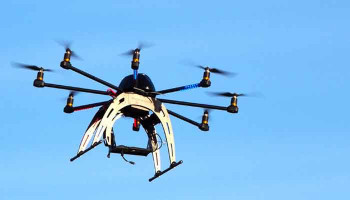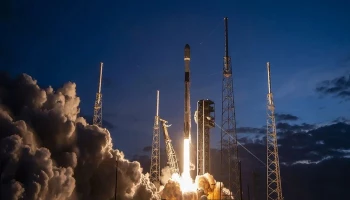
Russia and China have officially promised to have an automated nuclear power plant on the Moon by 2035.
All this is part of a larger plan to build a permanent lunar research centre called the International Lunar Research Station (ILRS).
China and Pakistan's new space mission
Signed in the previous month, the deal unites Roscosmos (Russia's space agency) and the China National Space Administration (CNSA), two of the world's largest space powers which have partnered to venture into deep space.
The nuclear station will be constructed within 100 kilometres of the Moon's south pole, an area which is rich in water-ice reservoirs and solar radiation.
Notably, the nuclear facility will be utilised to fuel scientific endeavours, experiment with technologies for decades-long missions, and facilitate future manned missions landing on the Moon, Roscosmos states.
A significant part of this is keeping the operation of the Moon base without humans for weeks or months, and therefore nuclear power is a solution.
Moreover, the ILRS programme is not exclusive to Russia and China. Pakistan, Venezuela, Egypt, Kazakhstan, and South Africa are also members that are a reflection of greater international cooperation in space exploration beyond its historic blocs.
Roscosmos director Yuri Borisov also discussed creating a nuclear-powered "space tugboat" that could carry heavy cargo and clear space waste. The issue is how to cool the nuclear system, however.
















